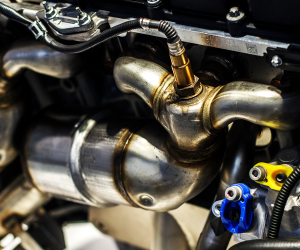What is OBD?
The introduction to new emission standard i.e. BS-6 (Bharat Stage-6) by the Indian Government, has a lot of characteristics and norms to be followed by the vehicle manufacturers. One of the most significant ones from them is OBD. OBD stands for On-Board Diagnostics and is performed with the help of a few sensors that are installed on board for running diagnostics, thus the name. In other words, it is the vehicle’s self-diagnostic and reporting capability. It gives the data about various systems of the vehicle and provides useful insights in case of malfunction. This data can then be used to pinpoint the point of error which then can be fixed directly instead of finding the fault separately. It uses a set of pre-installed codes that denotes which is the type of error that is present.
In addition to this, OBD can also be used alongside other various handheld devices and other scan tools which can then share the data across for further insight into the issue. Emission testing is also done with another computer setups. The testing computer can query the vehicle’s onboard computer and verify that there are no emissions that do not comply with the guidelines and make sure that the emission of the vehicle is permitted as per the manufacture year of the vehicle since all the vehicles that are registered before the application of the new regulation are exempted from the BS-6 norm and have to comply with the BS-4 regulation.
The Onboard Diagnostics can analyze a variety of emissions including the sulphur traces in the exhaust fumes (that should be no higher than 10ppm as per BS-6) and a few nitrous compounds that exit the engine and are released into the atmosphere from the exhaust.
 An IATF 16949:2016 & ISO 9001:2015 Certified, An ISO 14001:2015 & ISO 45001:2018 certified Co.
An IATF 16949:2016 & ISO 9001:2015 Certified, An ISO 14001:2015 & ISO 45001:2018 certified Co.



Leave a Reply